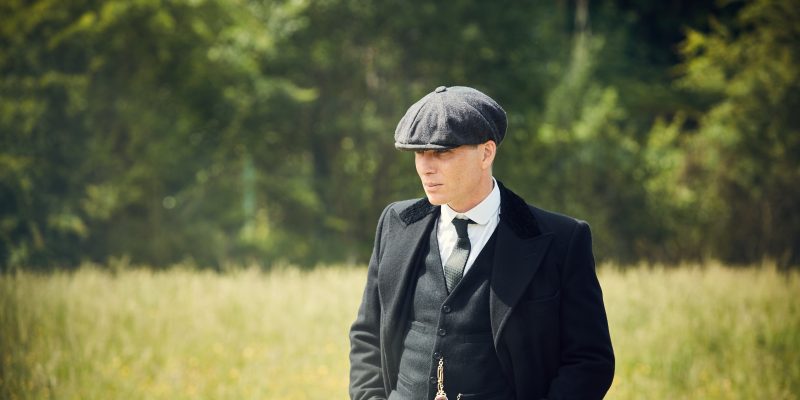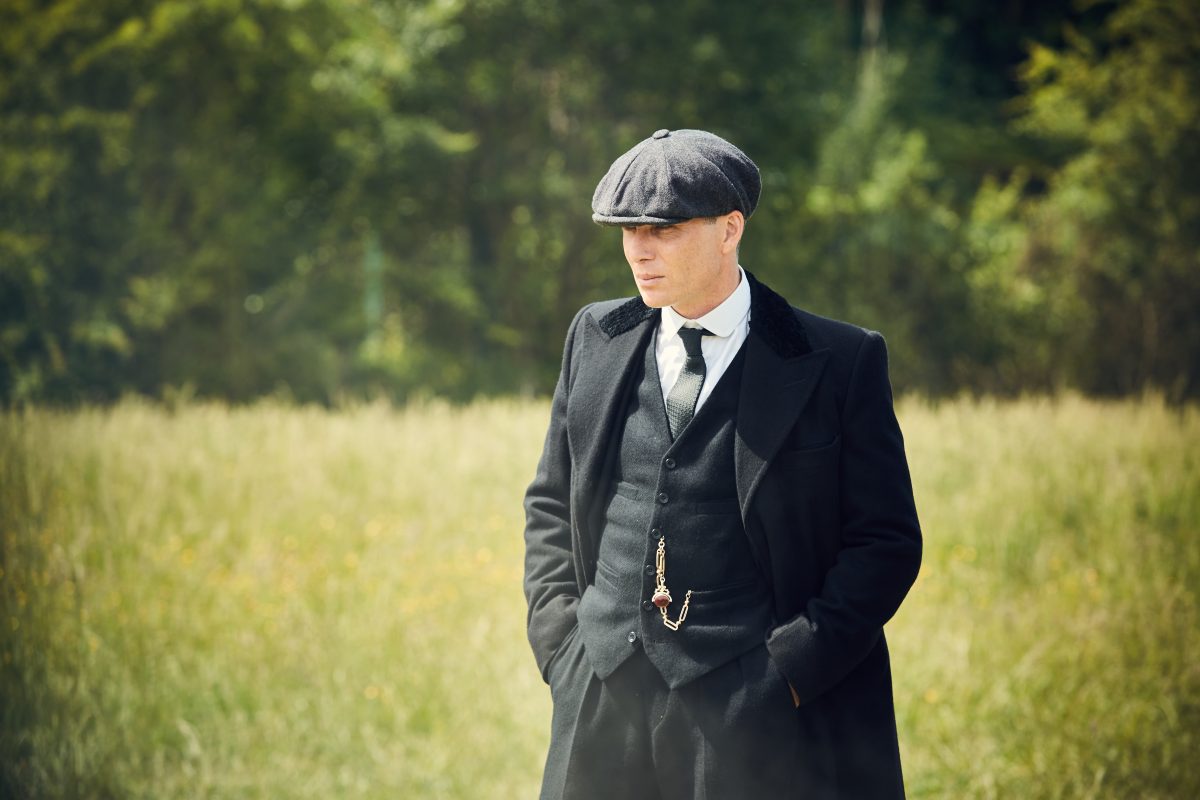Birmingham’s multi-dimensional draw
By Linda Barnard |
You must visit the city of Birmingham UK, by order of the Peaky Blinders. Thanks to the hit TV show Peaky Blinders, this lively city in the West Midlands region of England is drawing tourists eager to see the home of the flat cap-wearing, ruthless dandies and strong women who operated there in the late 1800s and early 1900s.
Known as the UK’s second city, Birmingham is in the centre of the country. It’s under two hours by train from London, a trip that will be cut in half when the new HS2 high-speed railway debuts, linking London, the Midlands and England’s North.
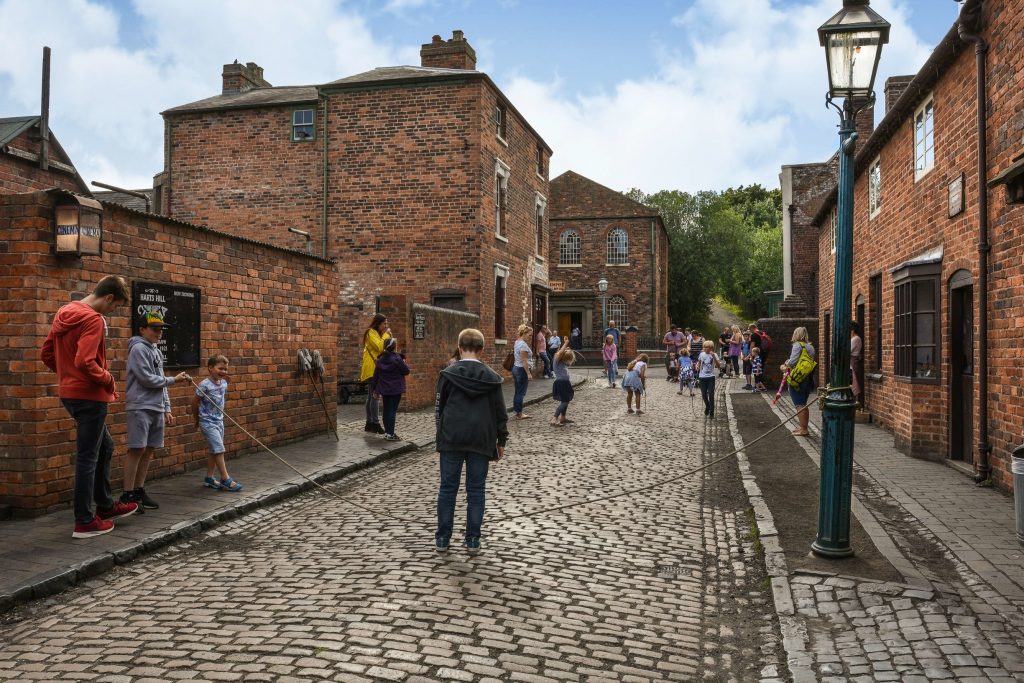 The Peaky Blinders were made famous more than a century after their rise by Birmingham-born screenwriter and director Steven Knight with six seasons of the BBC/Netflix hit series. Knight is a proud Brummie, as locals are called, and can even trace a relative to the gang.
The Peaky Blinders were made famous more than a century after their rise by Birmingham-born screenwriter and director Steven Knight with six seasons of the BBC/Netflix hit series. Knight is a proud Brummie, as locals are called, and can even trace a relative to the gang.
Fans will see more of Tommy Shelby (Cillian Murphy) and his Peaky Blinders crew soon. They’ll hit the big screen in a feature film due out in 2024. Knight wrote the script and will shoot the movie in the newly opened Digbeth Loc Studios in Birmingham. He’s also hinted there may be a new TV series featuring the gang, set in post-World War 2 Birmingham. A new creative team will take the reins.
The fictional Shelby family and their associates were inspired by real people. Many of the show’s scenes were filmed in and around Birmingham. Visitors can follow in the Peaky Blinders’ real and onscreen footsteps in Birmingham, including in the former Irish quarter industrial area of Digbeth, as well as at the Black Country Living Museum, which is about a 30-minute drive away in Dudley.
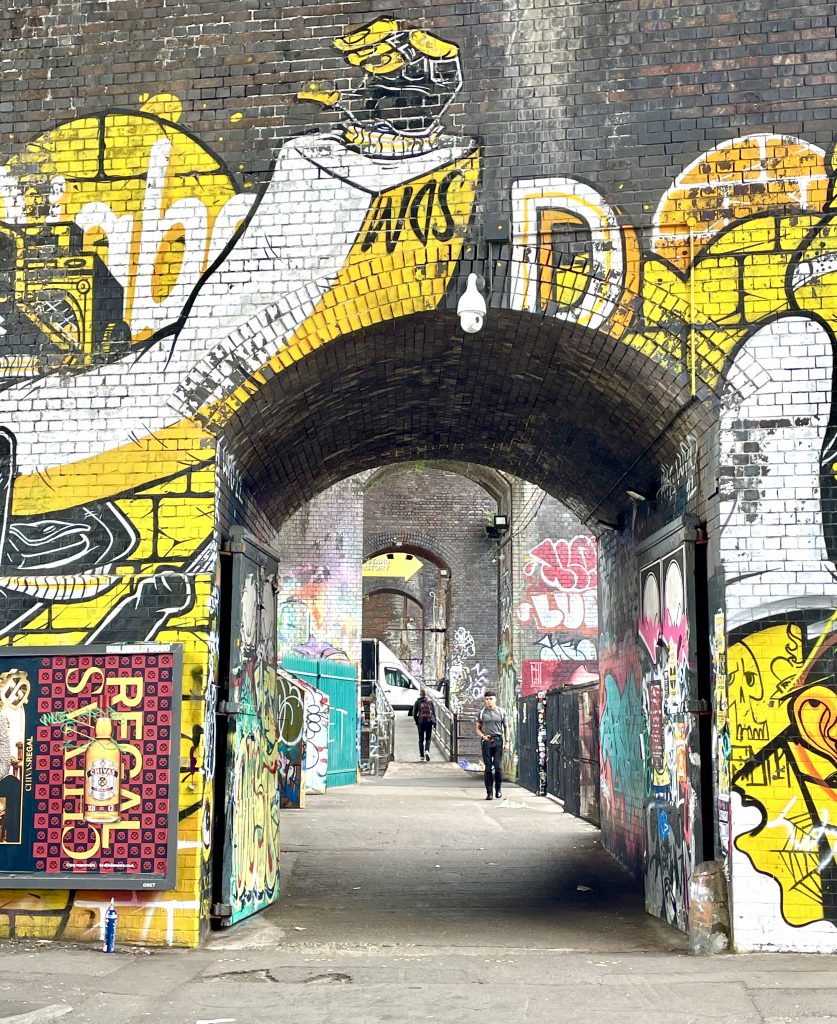 Birmingham engages beyond its link to Peaky Blinders. It’s a walkable, lively city. Pedestrian-friendly New Street is lined with boutiques, brand-name stores and heritage buildings. Victoria Square has impressive artwork and historic landmarks. The city is famous as the birthplace of the heavy metal band Black Sabbath and ‘80s new wave group Duran Duran.
Birmingham engages beyond its link to Peaky Blinders. It’s a walkable, lively city. Pedestrian-friendly New Street is lined with boutiques, brand-name stores and heritage buildings. Victoria Square has impressive artwork and historic landmarks. The city is famous as the birthplace of the heavy metal band Black Sabbath and ‘80s new wave group Duran Duran.
Birmingham has five Michelin-star restaurants, including Purnell’s, helmed by celebrity chef and city booster Glynn Purnell, who’s been dubbed “the yummy Brummie.”
My outstanding chef’s tasting menu lunch included a playful pig-shaped sable biscuit dotted with cheese custard and edible flowers and a trio of dreamy puréed potatoes shaped into what looked like black truffles.
Birmingham’s architecture is impressive, honouring its past while wowing with contemporary buildings like the Library of Birmingham. Designed by Dutch architect Francine Houben, it looks like a colourful three-tiered cake draped in oversized chain mail. The hulking, curved Selfridges Building at the Bullring & Grand Central shopping centre is covered with 15,000 aluminum discs. It’s beguilingly bonkers and highly photogenic.
The Peaky Blinders themselves also turned heads. They were known for their slick fashion sense, thanks to bespoke suits made by top tailors in exchange for protection. “Blinder” is a regional term for a sharp dresser.
However, they became notorious for deeds, rather than looks, starting with the unprovoked attack on a man outside the Rainbow Pub in Digbeth. There’s been a pub on the Rainbow site since 1767, says guide Mary Moore, as she took us on a walking tour of Digbeth. The neighbourhood has been redeveloped as a colourful hub for creatives, clubs and heritage pubs, as well as graffiti art and massive murals.
The former Bird’s Custard Factory, where the eggless powdered custard used by Canadians to make Nanaimo bars was once manufactured, is now the home of shops, cafes and bars. The Peaky Blinders wouldn’t recognize their Rainbow pub hangout. It reopened in 2021 after a $1.2M (Cdn) makeover that restored its Victorian-age good looks.
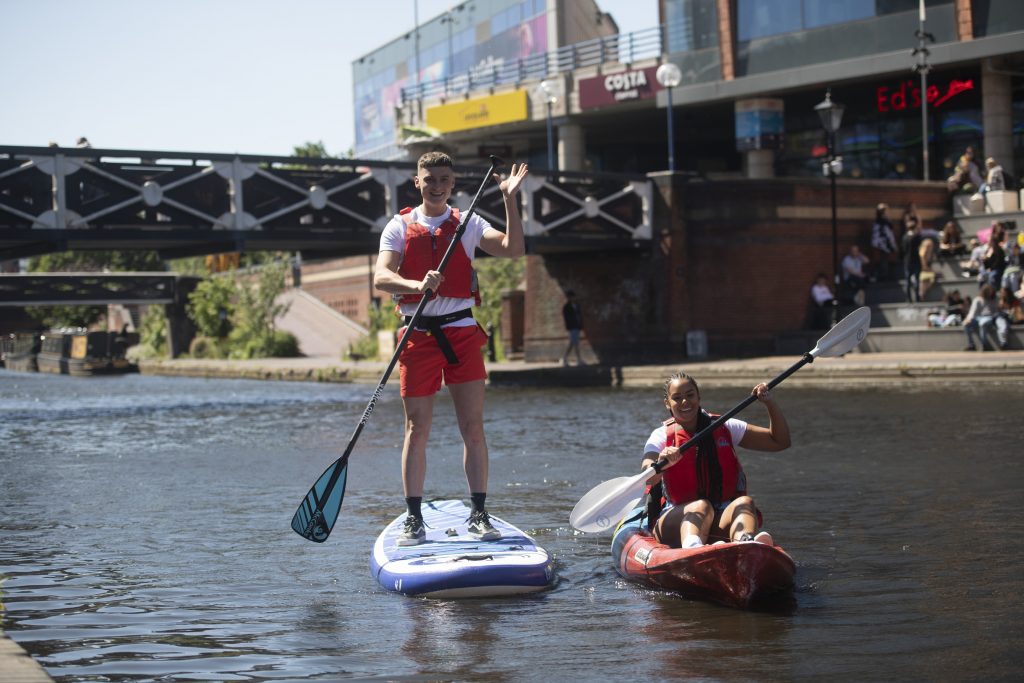
Back in the day, the Rainbow was a down-market boozer frequented by a gang of well-dressed thugs the newspapers nicknamed the Peaky Blinders after they savagely beat a man for ordering a soft drink instead of a beer. “George Eastwood was the man who was attacked in the street in 1890. And it was said that it was under that archway there,” Moore says, pointing to a low stone subway over the narrow street. “Gangs were everywhere,” she says. “The young men were coming back from the First World War. They’d been promised homes fit for heroes, more work, more everything, better standard of living and they got nothing, absolutely nothing.”
What about the deadly razor blades the Shelby gang famously sewed into flat cap brims in the TV series? Some say it’s not true, but Moore thinks otherwise. “I can remember, even as a teenager, people saying about the peaked caps and having the razor blades stitched into the peak. Some people are adamant that it did happen,” she notes. “You could be blinded by it.”
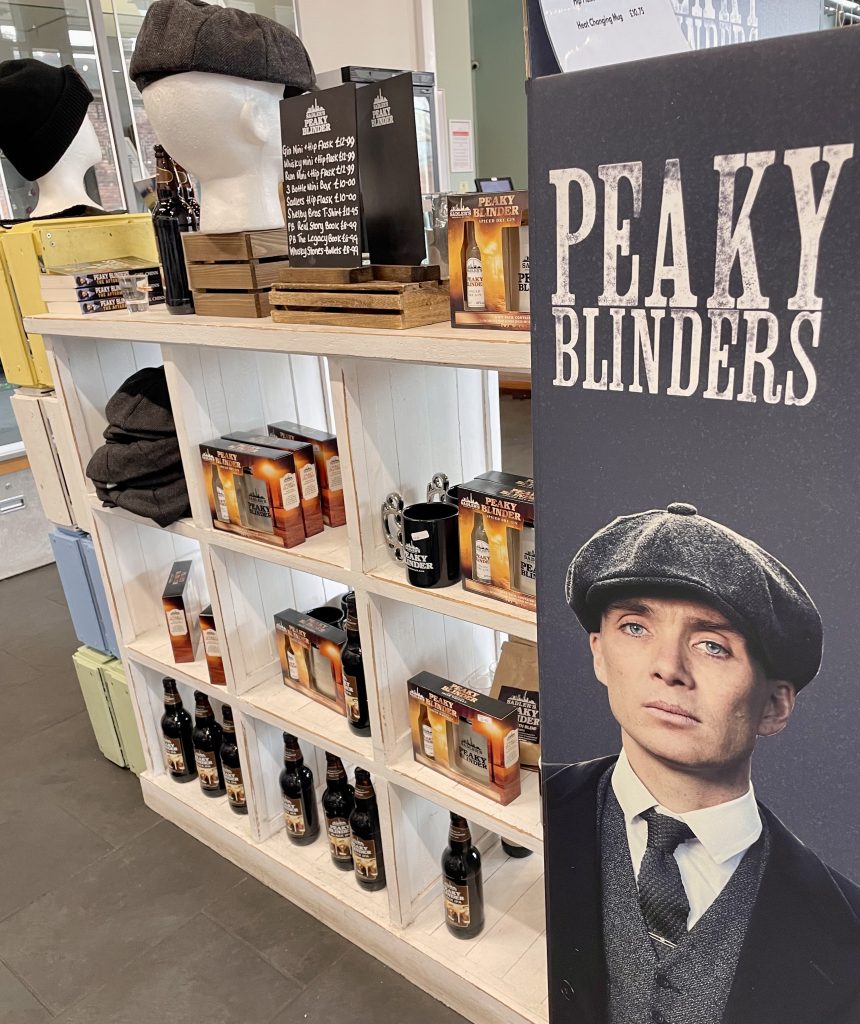 The Peaky Blinders may have been feared back in the day, but they’re tourism darlings now. In 2019, the fifth season of the show was credited with increasing tourist spending in the West Midlands by several million pounds.
The Peaky Blinders may have been feared back in the day, but they’re tourism darlings now. In 2019, the fifth season of the show was credited with increasing tourist spending in the West Midlands by several million pounds.
Renovated historic sites give an idea of what the city was like during the Peaky Blinders years, from the boom times of the Industrial Revolution through the early 20th century. Birmingham was the birthplace of the Industrial Revolution and known as the city of 1,000 trades, says Moore. The network of central canals made it cheap and easy to bring raw materials in and send finished products to market.
Today, the canals are popular with visitors and locals. Towpaths where horses once pulled laden barges are now urban walking routes. Rent a bike, take a kayak tour on the canals or visit the Roundhouse, the renovated 19th-century horseshoe-shaped stables where the canal horses once lived. It opened in 2021 as a café and home for tours and events.
Another historic central neighbourhood worth exploring is Birmingham’s Jewellery Quarter. It has the biggest concentration of listed buildings in the UK, all within about a kilometre of streets. There are shops, cafés, jewellers and quirky museums, including The Coffin Works.
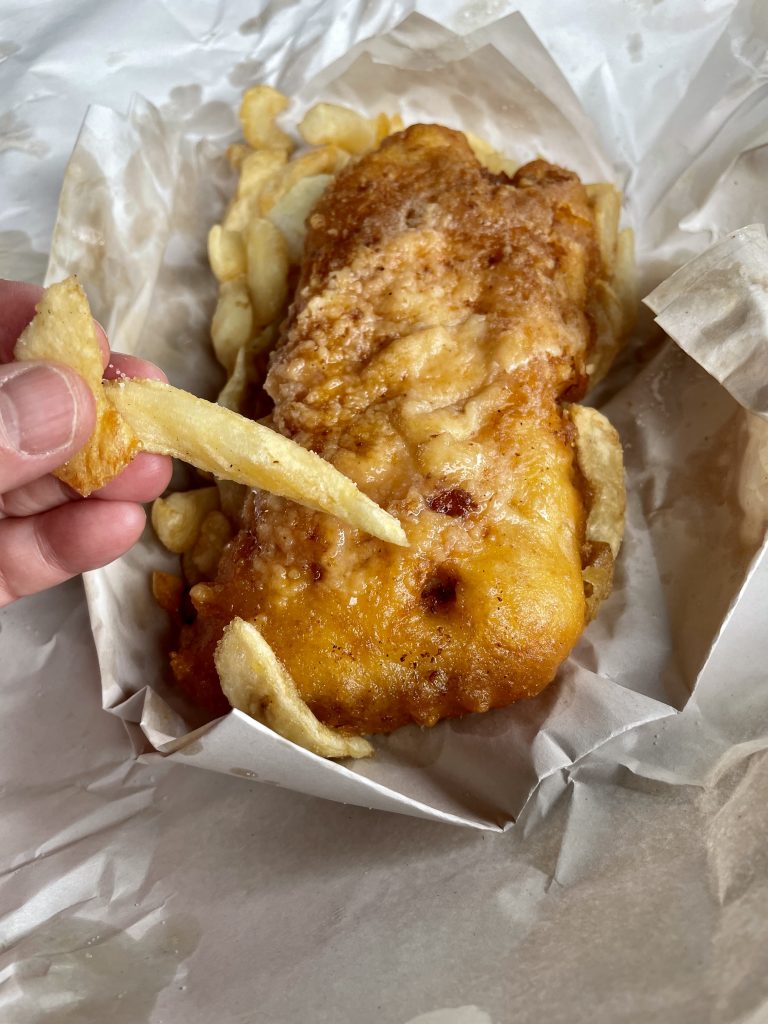 Brummie-born former silversmith Cornelius Sullivan leads the tours of the Newman Brothers Coffin Furniture Factory with good humour, demonstrations and interesting stories. Now closed, the business opened in 1894, making casket fittings like nameplates and handles, as well as sewing shrouds. Princess Diana, the Queen Mother and Winston Churchill are among the notables whose coffin fittings were made there.
Brummie-born former silversmith Cornelius Sullivan leads the tours of the Newman Brothers Coffin Furniture Factory with good humour, demonstrations and interesting stories. Now closed, the business opened in 1894, making casket fittings like nameplates and handles, as well as sewing shrouds. Princess Diana, the Queen Mother and Winston Churchill are among the notables whose coffin fittings were made there.
A short drive from Birmingham, the Black Country Living Museum (BCLM) in Dudley is an open-air collection of more than 50 replica, relocated or restored shops, houses and industries dating from the late 19th century to 1939.
Emily Smith of the BLCM says Black Country got its name because the skies were black by day from coal smoke and industry and red by night thanks to factory blast furnaces. The museum does an excellent job of showing daily life in the West Midlands. Historic characters in period costumes, such as a cop walking a beat and a woman protesting for workers’ rights, explain Black Country history from a personal perspective. A blacksmith does chain-making demonstrations over the fire at the forge. Crispy fish and chips cooked in beef dripping, just like back in the day, are a popular choice at Hobbs & Sons Fish & Chip Shop, which once stood in Dudley.
Peaky Blinders scenes were often shot here, especially in the area around the canal and forge. Sharp-eyed fans will recognize Charlie’s Yard, backyards and alleys. A short bridge over the canal features in several scenes, including the hidden spot where Freddie Thorne and Ada Shelby met in secret. A circa 1842 lime kiln was also used for a romantic purpose. “This is where the baby Shelby, Ruby, was made,” says Smith of the ill-fated child of Tommy Shelby and Lizzie Stark.
The museum stays open a few nights a year for popular Peaky Blinders Nights, where as many as 2,000 people show up in flat caps and flapper dresses to mingle with historic characters dressed like characters from the show. There’s a betting shop and casino, bars and live bands. “It’s like a little bit of live theatre,” says Smith.
And if somebody wants to sneak off for a quiet kiss at Ada Shelby’s secret rendezvous under the bridge, the Peaky Blinders know how to keep a secret.
For more information, go to VisitBritain.com.
Linda Barnard was a guest of VisitBritain, which did not preview this story.
